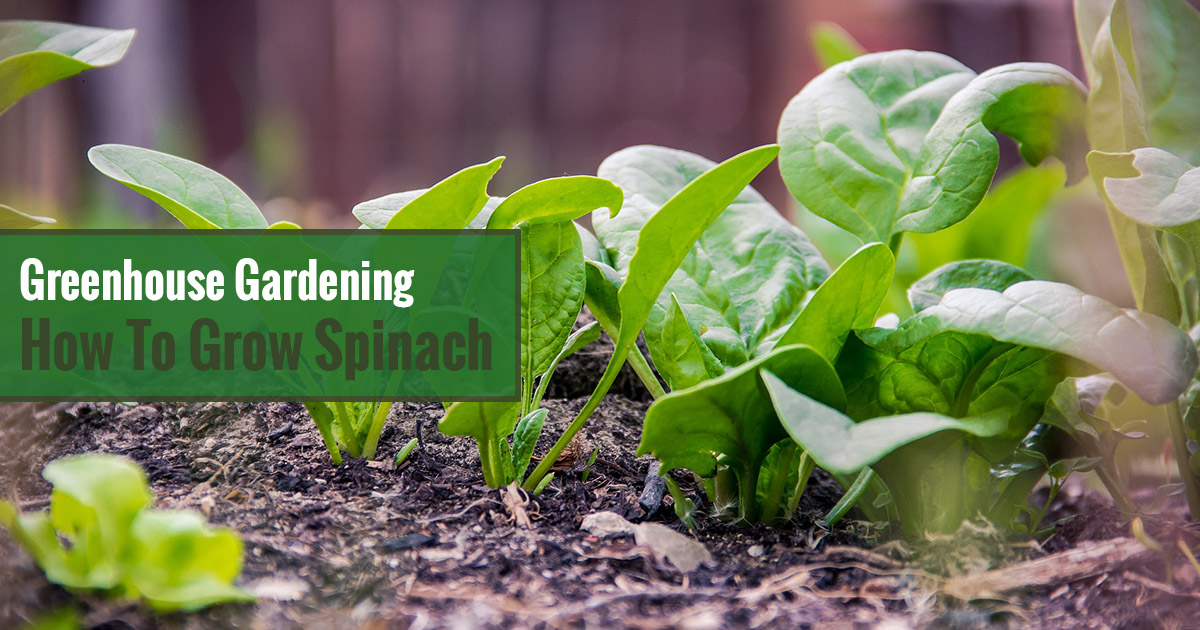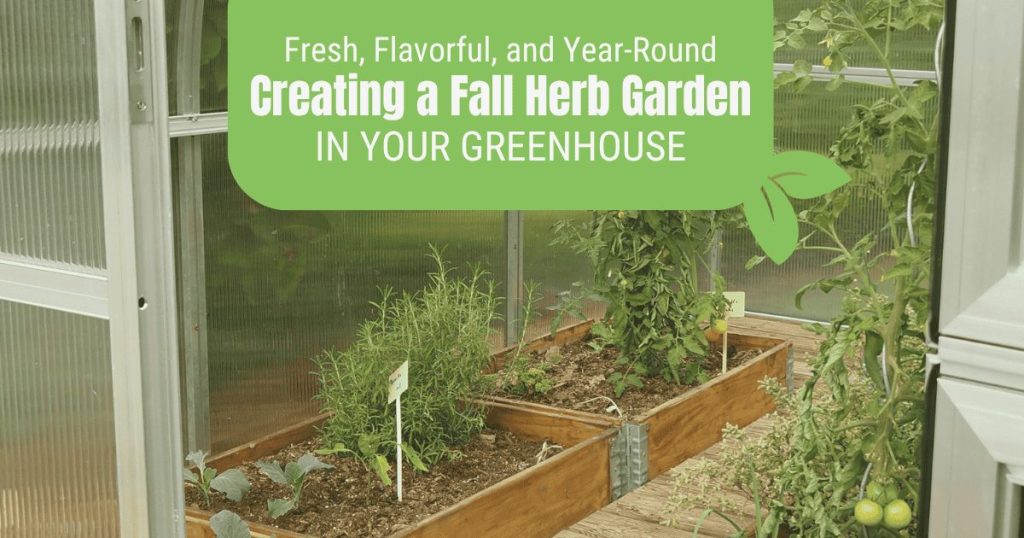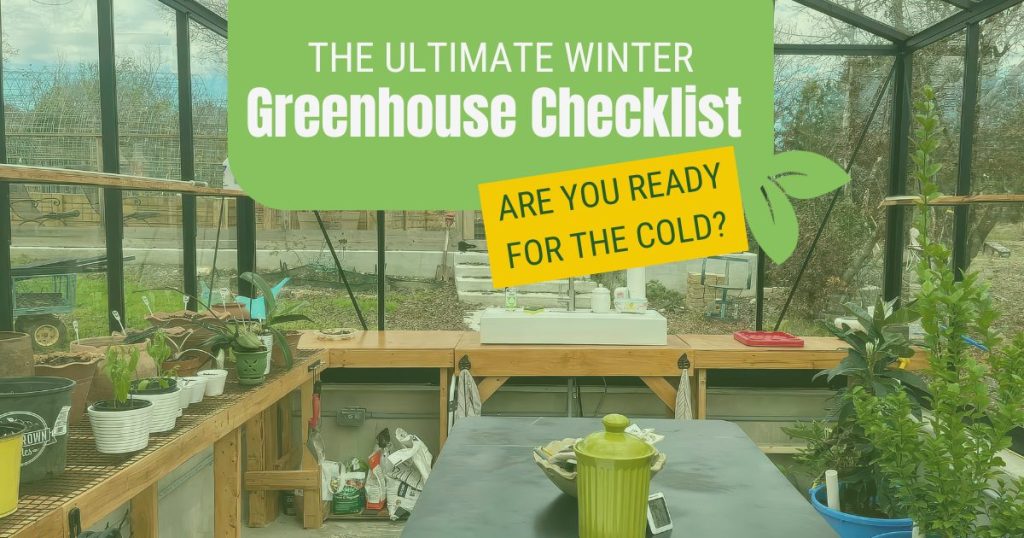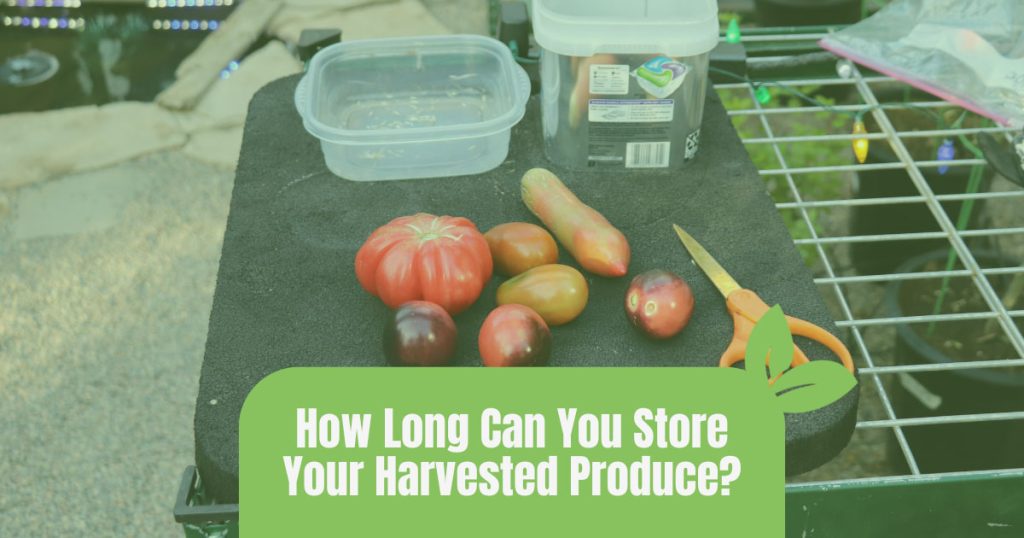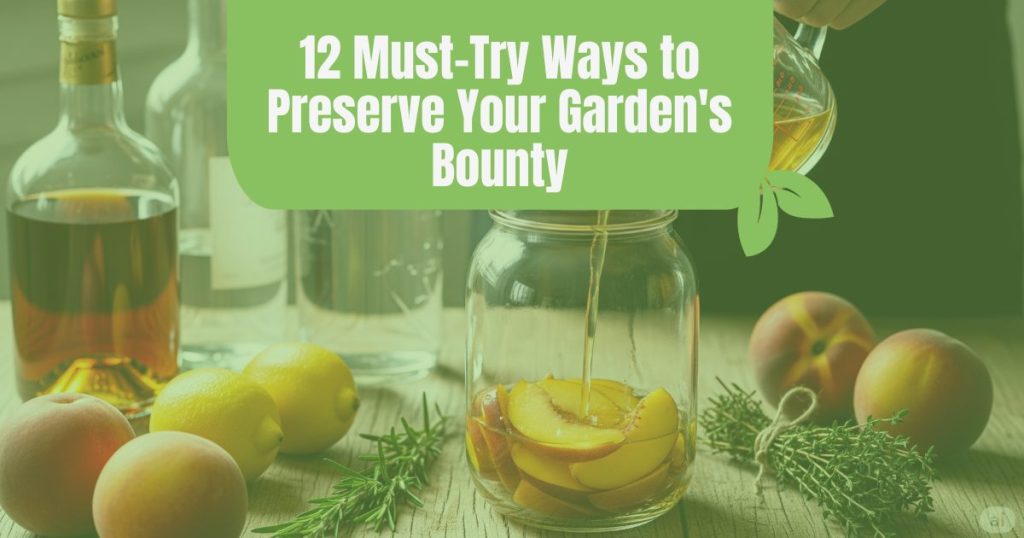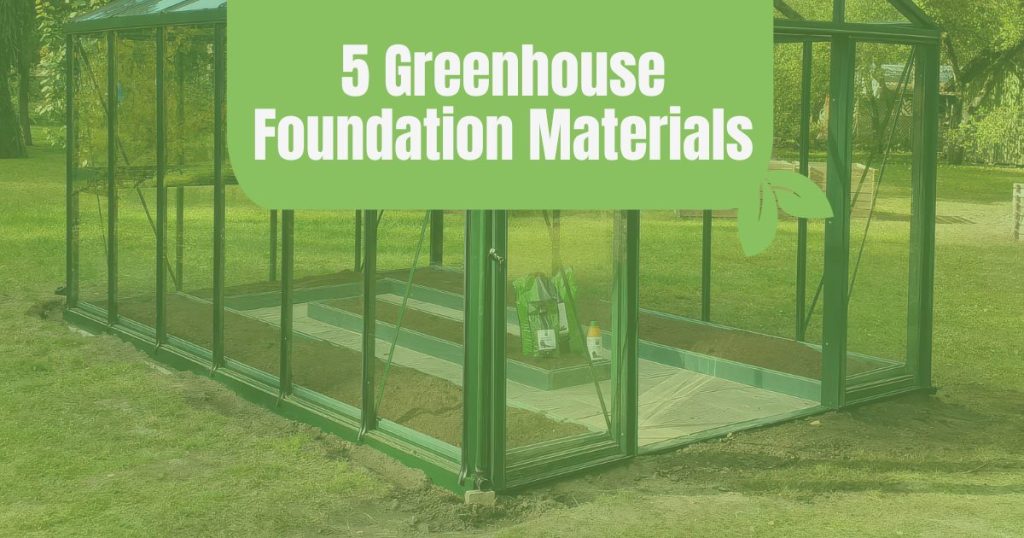
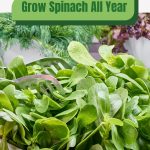



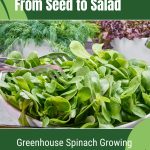
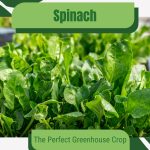
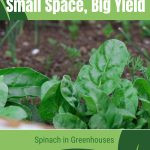

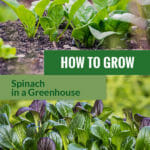
We all know that spinach is a superfood. At least Popeye taught us this fact. Although our biceps don’t pump up like his after eating it, spinach still gives us a lot of important nutrients. In addition, spinach is a great plant that doesn’t require constant high temperatures. With the following tips, you will learn how to grow spinach in a greenhouse. To give you heads up: It’s very easy to grow!
Spinach is a traditional greenhouse product. It is an annual plant belonging to the amaranth family. A number of gardeners are growing them for centuries. The core of success starts with preparing them off from day one. It can be cut many times in a period and give a steady off-season revenue.
Health benefits of spinach
Spinach leaves, used as a vegetable, are a great source of Vitamins A, B, and C and have the highest concentration of iron and calcium of all green vegetables. Spinach increases your brainpower, however, it can limit iron absorption. For quality absorption, try spinach with orange slices.
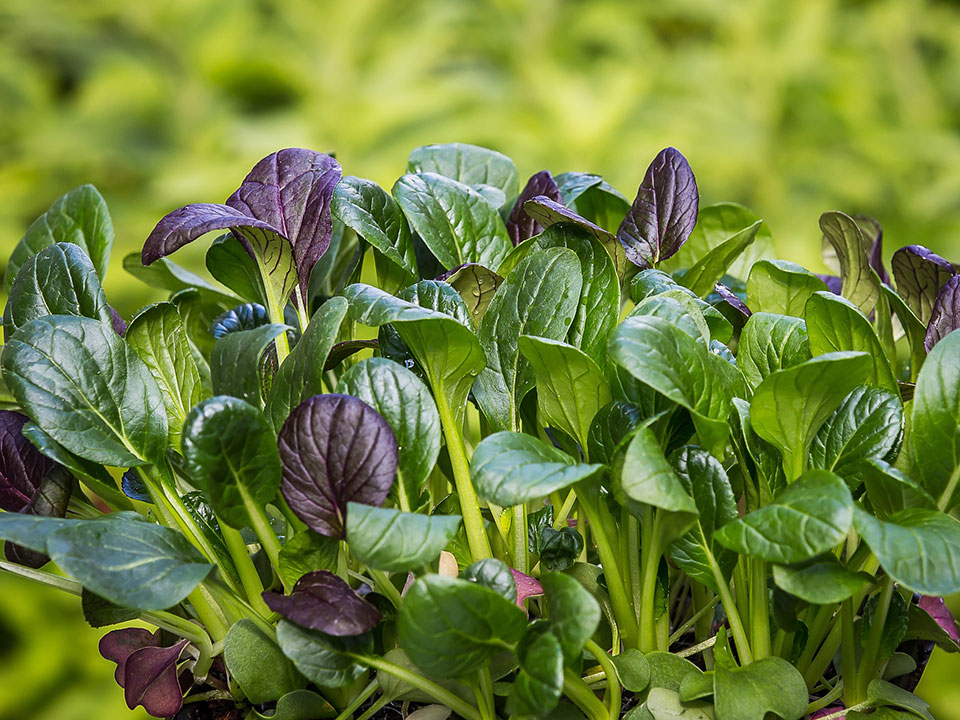
Quick overview of growing kale in a greenhouse
- Type: Cool-season crop
- Time from seed to harvest: 75 days
- Germination temp: as low as 40°F
- Time until first emergence: 4-7 days
- Best temp to grow: 60-75°F (can tolerate frost down to 20°F, frost will improve the taste)
- Height: 1.5-3 ft
- Spread: 1-3 ft (plant in rows)
- Light: Full sun (6-8h)
- Grow from seed: 1/4-1/2 in deep, 1 in apart; rows 12-18in apart ; thin to 8-12in spacings
- Companions: Beets, celery, cucumbers, herbs, onions, spinach, chard, potatoes
- Keep away from: Beans, strawberry, tomatoes
How to grow spinach in a greenhouse
It thrives in greenhouses and is easy to grow by simply following these steps:
Planting
- Spinach does well in well-drained nutrient-rich soil so you should till the soil about a week before planting and add aged manure
- You can start the seeds directly in your garden or plant them in a nursery and transplant the seedlings about three weeks after they sprout
- Sow the seeds in shallow holes between half an inch and one inch deep and cover lightly. You should sow about 12 seeds per foot.
- To increase germination, the preferred temperature of the soil should be between 70°F and 75°F
- You should avoid drastic temperature variations by monitoring your greenhouse
- If you start the seeds in the seedbed, thin them about three weeks after they sprout
- Recommended spacing for spinach plants: 3 inches apart
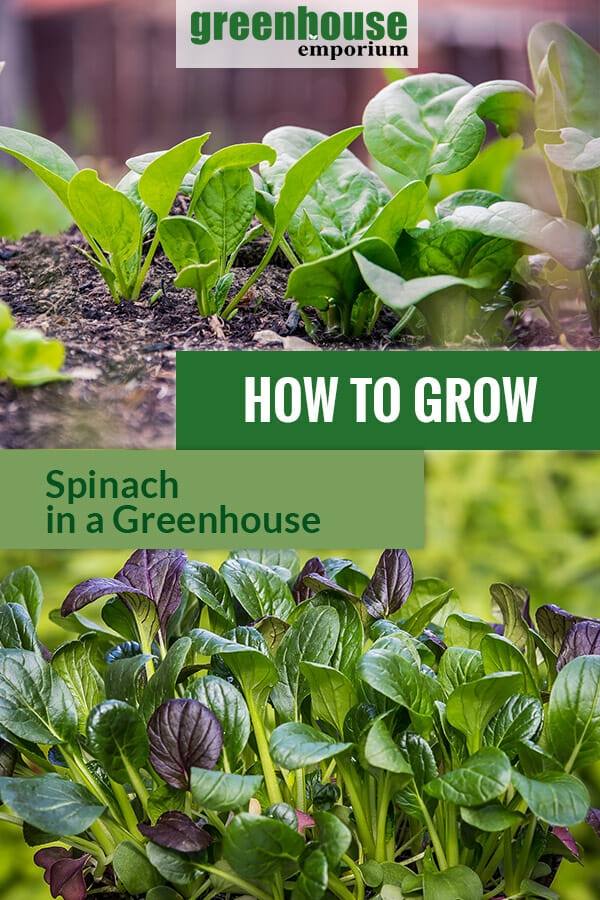
Watering demands
Spinach requires regular watering. Ideally, apply at least two inches of water every week. Make sure to water completely shortly after fertilizing. Water adequately before and after the seeds germinate. They require no particular plant care aside from watering and harvesting.
Soil conditions
Spinach is a veggie with beets and chard that favors a neutral to alkaline, well-drained nutrient-rich soil with pH ranging between 6.5 to 7.0. Spinach is a massive feeder. Begin by working two to four pounds of a total fertilizer every 100 sq.ft. toward the soil and then side-dress every fortnight or as needed to keep them growing healthily.

Lighting
Spinach thrives just as well in sunny and partially shady conditions. When looking to set up a greenhouse kit to grow spinach, ensure you place it for maximum lighting.
Harvesting
Spinach simply takes between 40 to 45 days to reach the harvesting period. Harvest spinach by plucking the leaves from the plant. If you are developing full spinach leaves, make sure to harvest from the stalk, wash and tie in big, charming bunches. Present baby spinach in tote bags or you may think of creating tasty salad mixes with your spinach and lettuce.
Harvesting is an early morning chore because the leaves are at their most tasty after the cold moisture of the night. You can pick bigger leaves by pinching or cutting the stalks near the bottom and leaving the shorter, inner leaves to size up. As quickly as they spring a flower stalk, cut the entire plant off at an end an inch over the base, and then uproot and compost the bulbs. Never wait for too long before harvesting, or expect for bigger leaves because bitterness will set in soon after maturity.
Tips for thriving spinach plants
Spinach can tolerate cold weather relatively well. However, young plants may need the protection of thick mulch in winter.
Spinach does not require any special care. Even working the ground around the roots is unnecessary because its roots are shallow and any cultivation can easily damage them. Instead, apply mulch instead to suppress weeds and keep the soil moist.
Packed spinach plants may tend to stay damp for continued periods of time. This can be a difficulty with a lot of diseases that bother the plants. It is vital to keep them thinned and regularly weeded to maintain fresh air circulation through the leaves.
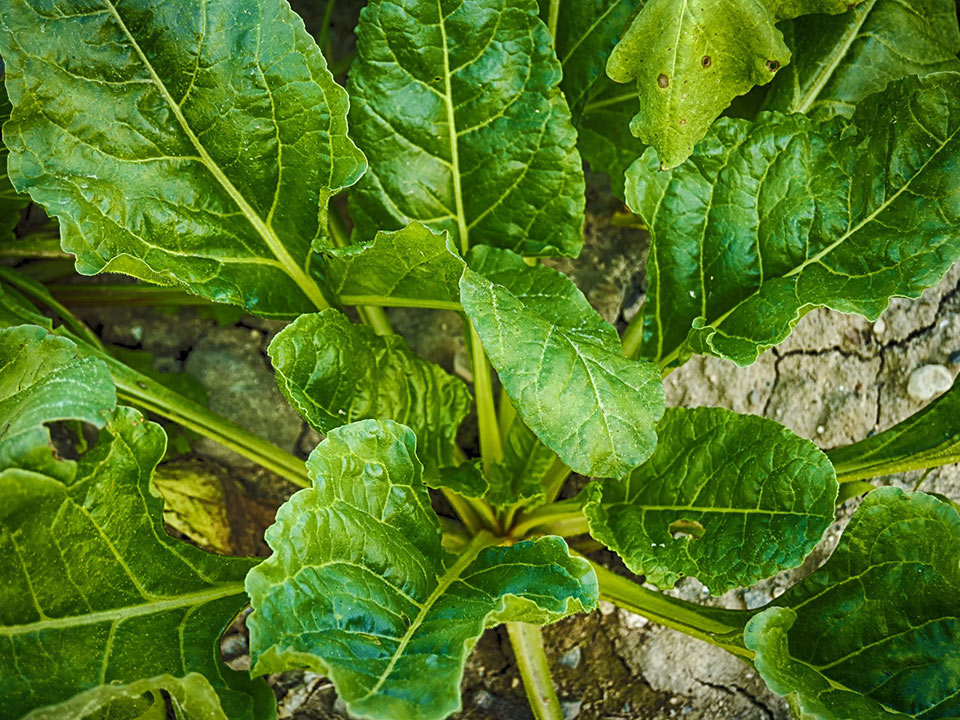
Well-known spinach pests
- Spinach is very susceptible to leaf miner attacks. Smear them on the underside of the leaf with your finger, or sprinkle with a garlic-soap spray.
- Blue mold or downy mildew and mosaic virus are just as catastrophic. Blue mold or downy mildew is further managed by eliminating infected leaves. Look for yellow bits on the tip of the leaf and a grayish-blue mold on the underside or apply a prescribed fungicide.
- Aphids are fond of spinach. But normally, a high-pressure water splash will knock them down or you may attempt to use one of the organic sprays available.
- Caterpillars adore spinach, too. Apply one of the organic worm sprays to catch them without risk to pets, people, and helpful insects

